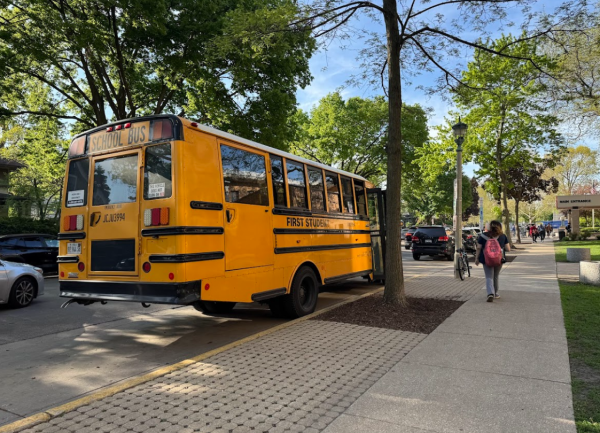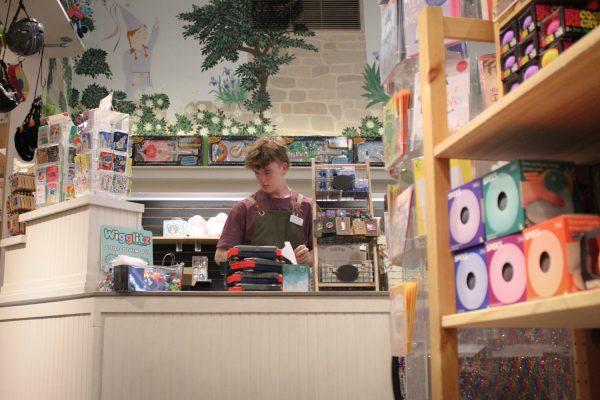OPRF deals with substitute teacher shortage
In the first two weeks back from winter break, students may have experienced an administrator, secretary, or security guard subbing for one of their classes. Like many other schools dealing with an increasing amount of COVID absences, OPRF faced an increase in the demand for substitute teachers at the beginning of the second semester.
There was an average of 69 employee absences and 40 classroom subs needed per day in the week of Jan. 4. The following week, there was an average of 52 employee absences and 30 subs needed per day.
“Illinois was in a sub shortage before the pandemic ever hit,” says Director of Communications and Community Relations Karin Sullivan. “So the pandemic has only exacerbated the problem.”
Due to the lack of outside subs, staff members took on a load of substitute roles that they had never taken on before. Even division heads, which are a last resort when it comes to internal subbing, filled in multiple classes per day. “There’s been days where I have been needed to cover classes for six or seven periods,” says English Division Head Brian Conant.
“There’s been days where I have been needed to cover classes for six or seven periods a day.”
Brian Conant, English division head
Similarly, World Languages Division Head Claudia Sahagun subbed more than she usually does the first week of the semester. “I’ve subbed (in the past) in emergencies, but that does not happen often,” she says. “That week was really strange.”
Conant credits a lot of the organizing of sub plans to the secretaries, including Erica Love-Raglin and Phylicia Nash. “I’ve been really impressed and grateful for the work of our support staff that organize all this,” says Conant. “They see the problem, they figure out how to solve it.”
Love-Raglin describes the first couple weeks of the second semester as being a “nightmare.” “I have never seen the need for subs this bad. I can say my stress levels as well as everyone else’s have been up,” she says.
Love-Raglin said that the worst day for finding substitutes was Friday, Jan. 7, describing the day as “all hands on deck.” Administrators, security, and secretaries like herself filled in throughout the day. “I taught my first period class, and then I think I subbed for every period for the rest of the day,” says Conant.
Things did not improve much after the weekend.
“The following Monday from that Friday was probably a day that you cannot make up,” says Love-Raglin. “We were just scrambling.”
Teachers had to sub for classes outside of their division and supervise classes they are unfamiliar with. “I think that our teachers have done a really good job developing classroom cultures. So that in many cases, when I go into those classrooms, students tell me what they need to be doing, and they’ll be doing it right,” says Conant.
Since the first two weeks, Sullivan says the substitute teacher situation has “normalized,” and there has been less, if any, need for internal subs.
“The decrease in the need for internal subs is “really great because when we have an internal sub, that’s pulling teachers away from their planning period,” says Sullivan. “It’s a strain on the system when that happens.”




